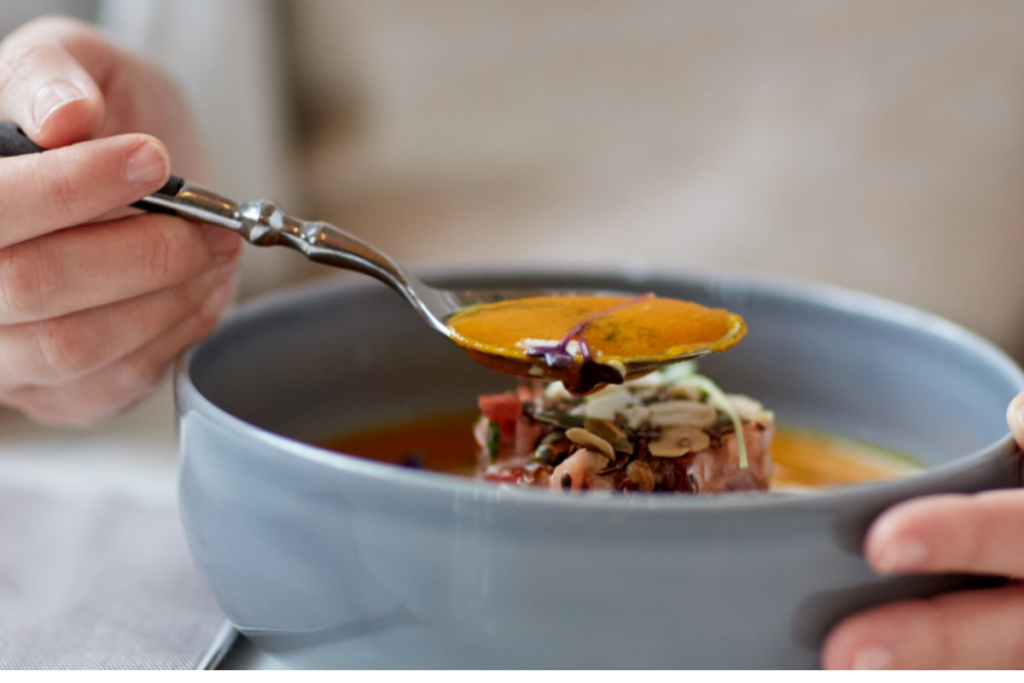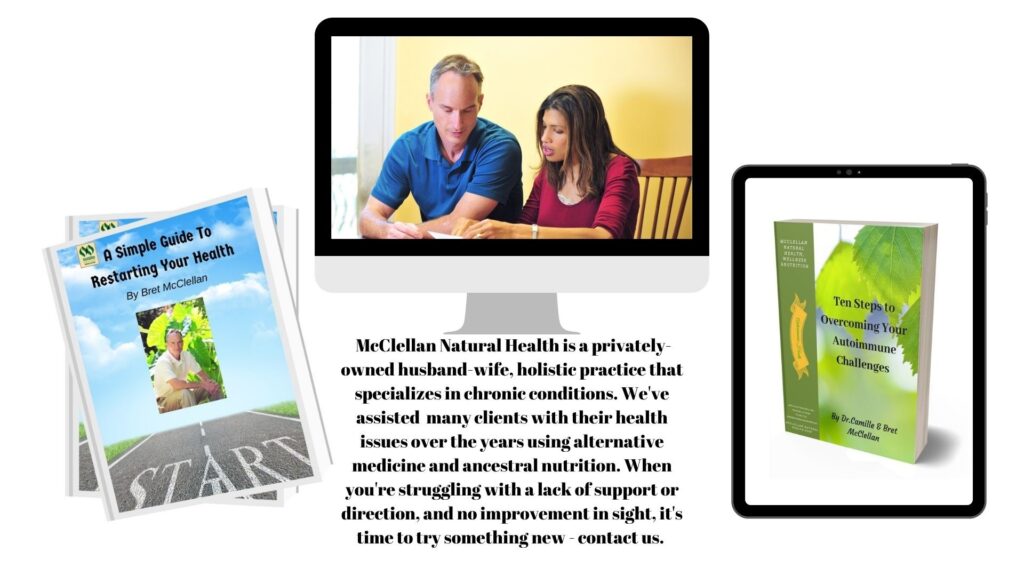Candida is a type of fungus which lives in our body. Yeast infection happens when Candida grows too much in the body system. The good bacteria in your body keeps the yeast from overgrowth. However, when you consume medication such as antibiotics, it kills the good bacteria thereby allowing the yeast to grow out of control. Yeast infection affects mostly women in the age group of between 16 and 35.
Some of the symptoms to help identify this infection are:
- burning feeling when urinating
- feel itchy and irritating around the vaginal area
- white cheesy discharge from vagina
Anything that changes the acidity in the vaginal area and kills the good bacteria can encourage the yeast to grow at a faster rate. Some of the causes are lack of sleep, steroid hormone medication, high intake of sugary and starchy foods, antibiotics, stress, immune-damaging illnesses such as diabetes, oral contraceptives (birth control pills), weakened immune system, steroid drugs, and estrogen replacement therapy.
The most common infection is in the vaginal area. You can get rid of these infections by using anti-fungal medicines which are easily available at the pharmacy. If you see your doctor, he may prescribe over the counter (OTC) medicines such as Femstat 3, Monistat 7, Vagistat, Gyne-Lotrimin, and Diflucan. Sometimes the infection doesn’t respond to these medications. There are other alternatives you can consider.
Boric acid capsules are the best natural treatment. Boric acid cures up to 98% of women infected with vaginal yeast infections. You can make your own boric acid suppositories by filling size 00 gelatin capsules with boric acid powder (approximately 600 mg).
Standard yeast infection treatment is one capsule. You insert it into the vagina at bedtime for two weeks. Boric acid acidifies the vagina, which restores the natural balance of bacteria and yeast. After thirty days, symptoms may return in some women. For this recurring or chronic infection, you use boric acid as maintenance treatment twice a week for six months to one year.
During your menstrual cycle, your pH changes and this leads to yeast infection. You can use KY jelly lubricant because it helps restore the pH balance. The infection may go away within 24 hours depending on the severity of your infections.
Oregano oil is very potent against yeast, especially those containing high content of carvacrol, an active ingredient. Just follow the directions on the bottle. This is to be taken internally.
Yogurt with active cultures such as acidophilus can be used as a treatment for Candida infections. Insert unpasteurized, plain yogurt with a small spatula or vaginal cream applicator into your vagina at night and wear a pad. Repeat this process for three to seven nights, until the symptoms are gone.
You can even have yogurt every day. By eating a cup of yogurt a day can help to keep the yeast in your body in balance. Make sure when you buy yogurt, it contains healthy active bacteria Lactobacillus acidophilus.
After successful yeast treatment, you can take certain precautions to keep the infections under control such as:
- Avoid douching with water as this causes an imbalance of the pH in the vagina
- Avoid bubble baths.
- Stop wearing thongs and g-strings that are too tight and it leaves no room to breath. Wear cotton only.
- Avoid clothing that fits tightly at the crotch.
- Avoid scented hygiene products, harsh cleansers, perfumed soaps, deodorant tampons/sanitary pads and feminine deodorant sprays, .
- Wipe your vagina from front to back after every use of the toilet. This prevents bacteria from rectum reaching your vagina.
- Don’t stay in your wet swimsuit after swimming. Change as soon as possible.
- Stop taking antibiotics. If you have to, then take some probiotics such as acidophilus.
- Cut down on food which are rich with yeast such as breads, sourdough, bagels, cakes and beer.
A Candida yeast infection can display the following symptoms:
- arthritis
- autism
- chronic hives
- fatigue
- digestive disorders
- muscle pain
- short attention span
- headaches
- memory loss
- vaginitis
- skin problems
- impotence
- hyperactivity
- depression
- hypoglycemia
- menstrual problems
- urinary disorders
- respiratory problems
- food and environmental allergies
- learning difficulties
Who can be affected by Candida infections:
Candida infections have signs and symptoms that vary depending on the location of the infection. This infection is very common to women. Its signs and symptoms consist of a white discharge that is itchy and irritating to the vagina. It can affect the surrounding outer tissues of the anus where a moist patch appears on the contiguous skin of the anus. Candida yeast infections also cause pain during sexual intercourse and a burning sensation during urination.
Candida infections in infants and adults may become visible in different ways; oral Candidiasis (or thrush) is exhibited by thick, white patches on top of a red base and may appear on any area inside the mouth. Bleeding on the underlying tissue occurs if these white patches are wiped away. Without the white coating this infection makes the tongue appear to be red in color. Oral thrush is painful and can contribute to eating disorders.
Prevention of dehydration is a must for anyone who has oral thrush. This infection frequently causes elderly people to have sores and cracks at the sides of their mouth.
Candidiasis can also develop within hours of birth on the palms of a newborn baby. Candida organisms live on the skin and yeast overgrowth occurs if there is a breakdown of the skin’s outer layer. It is visible on the warm parts of the body such as diaper areas and skin folds. Superficial Candida skin infection may look like a red flat rash that has sharp scalloped edges.
Satellite lesions are smaller patches that look the same and may cause itching or pain. This kind of infection causes redness, swelling and softness of the fingernail. In male genitalia, Candida infection usually presents with dry, red scaly patches on the tip or head of the penis.
Candida infections can have an effect on various internal organs and cause pain or dysfunction to a person, especially if they have a destabilized immune system. Likewise, individuals with Candida infection may develop sensitivity to some foods. Other times there is food intolerance for dairy products and glutens. Food intolerance can be positively identified through The Detection Diet.
A person with AIDS typically contracts the yeast infection known as esophagitis in the upper gastrointestinal system. This condition may seem like oral thrush, but this type of infection extends down from the mouth, into the esophagus until it reaches the stomach, it causes painful ulcers around the gastrointestinal system, so that even swallowing liquid is difficult.
Food is not fully absorbed when the infection spreads out into the intestines, and the danger of dehydration is present to people with such condition. If Candida yeast infections reach the bloodstream, people get sick with or without fever. And the spreading of this infection throughout the brain causes acute changes in behavior or mental function.
The Candida diet should be followed in combination with anti-fungal drugs which represent the most important part of the Candida treatment. This Candida diet eliminates the foods which are helping the spread of the Candida yeast infection in your body. But be careful to your Candida diet duration, as its length must be coordinated to the severity of your symptoms and to your overall health.
You should be happy to know that patients following the Candida diet have reported improvements in their condition after only 2-4 weeks of using this alternative Candida treatment. However, you will be allowed to start eating some restricted foods after laboratory tests will show the all-clear situation of your organism. So don’t worry, you won’t have to live too long without eating your favourite ‘restricted’ food!
What a Candida Diet Consists of:
The Candida diet consists mainly in cutting off sugar as it is an element that is helping the development of the Candida yeast infection. Therefore, it is most important that you reduce the quantity of carbohydrates you are consuming daily.
Whenever following a Candida treatment you must cut off any yeasty foods as they are creating the perfect environment for the multiplying of the Candida yeast infection in your body. So you have to eliminate bread, beer, cheese and alcoholic drinks from your diet habits during the Candida treatment.
You must reduce the quantity of dairy products you are usually consuming. The reason for this is one side effect of the Candida yeast infection – the decrease of the human body’s ability to digest fat foods.
Another thing you should do while following the Candida diet is to eliminate fungi and mold from your nutrition.
And you also have to give up eating processed or packaged foods because they contain sugar, yeast or other substances which are helping the Candida yeast infection to spread.
Healthy food recommended for candida infections include: coconut oil, probiotics, turmeric, garlic, bone broth, grass fed beef and organic meats (that contain vitamins A, D K2 which are essential for immune support), kimchi, sauerkraut, kefir and pau d’ arco.
In conclusion, you should pay attention to your daily diet habits and try cutting off any restricted foods. But don’t worry, this ordeal won’t last for long, as the laboratory analysis will show an improvement if you follow the Candida diet correctly!
If you suspect you are suffering with Candida, you should first consult your primary care physician before taking other steps.Whether you’ve never been treated for a yeast infection before or have repeated infections, you should consult a doctor first. There is no instant remedy for yeast infection. Most the treatment normally takes three to seven days. Sometimes up to four weeks. This is because the treatment you choose depends on many factors such as your symptoms and your previous treatments.
Camille McClellan, MD, DNM, MBS
Naturopathic practitioner
McClellan Natural Health, Wellness & Nutrition
Free Naturopathic/Homeopathic Consults Available

